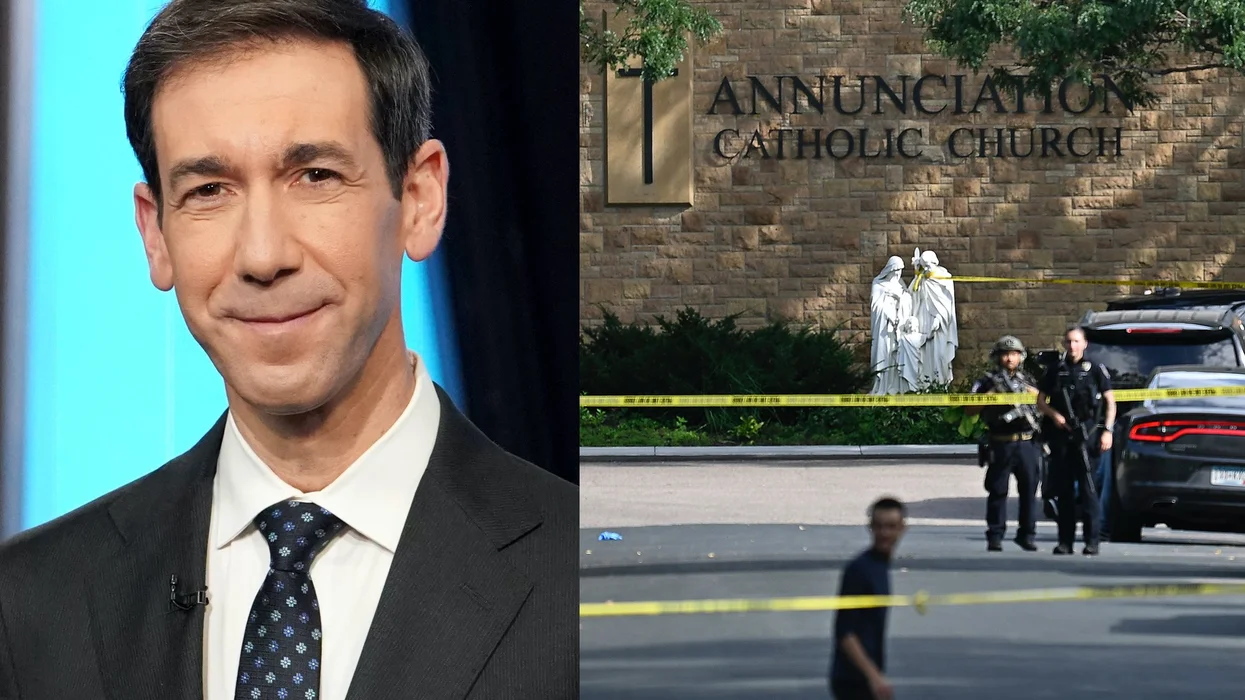
© 2025 Blaze Media LLC. All rights reserved.
"the sparks are small pieces of fuel."

You may be wondering: Why am I writing about the chemistry of fireworks now? Shouldn't I have done this yesterday on the biggest day of pyrotechnics of the year?
Maybe so, but then I pose this answer to you: Are we all not going to be kept awake thanks to random firecrackers and other household fireworks being set off in the street from now through August?
Let's be honest, firework stands around the country are selling the noisemakers for buy one, get four free. So now is still very much a relevant time to talk about fireworks.
And can't we talk about the chemistry of explosions anytime of the year? Yes, yes we can.
You already know the basics: light a fuse; fuse burns; hits explosive material; and pop. Bursts of color, sparks and insanely loud noises are emitted.
As Ph.D. John Conklin explains in this YouTube video, the colors you see are formed from specific mixtures of different chemicals and "the sparks are small pieces of fuel." The patterns you see in the sky are engineered into the firework itself.
Watch Conklin's explanation for more specifics on how oxidizing chemicals, fuel and ignition are all put together to generate the firework you expect to see light up the sky:
Examples of chemicals that cause the different colors:
- Blue: Copper oxide
- Red: Strontium chloride
- Yellow-orange: Sodium silicate or calcium nitrate
- Green: Barium acetate
(H/T: Buzzfeed)
Want to leave a tip?
We answer to you. Help keep our content free of advertisers and big tech censorship by leaving a tip today.
Want to join the conversation?
Already a subscriber?
more stories
Sign up for the Blaze newsletter
By signing up, you agree to our Privacy Policy and Terms of Use, and agree to receive content that may sometimes include advertisements. You may opt out at any time.
Related Content
© 2025 Blaze Media LLC. All rights reserved.
Get the stories that matter most delivered directly to your inbox.
By signing up, you agree to our Privacy Policy and Terms of Use, and agree to receive content that may sometimes include advertisements. You may opt out at any time.





